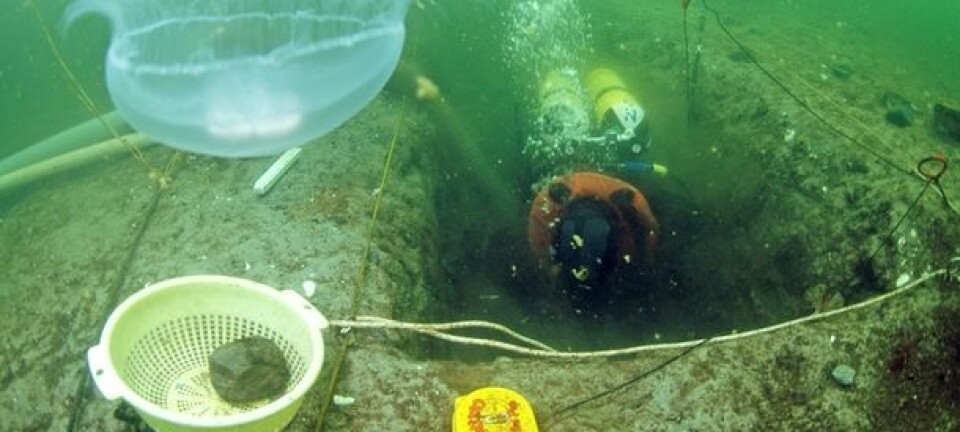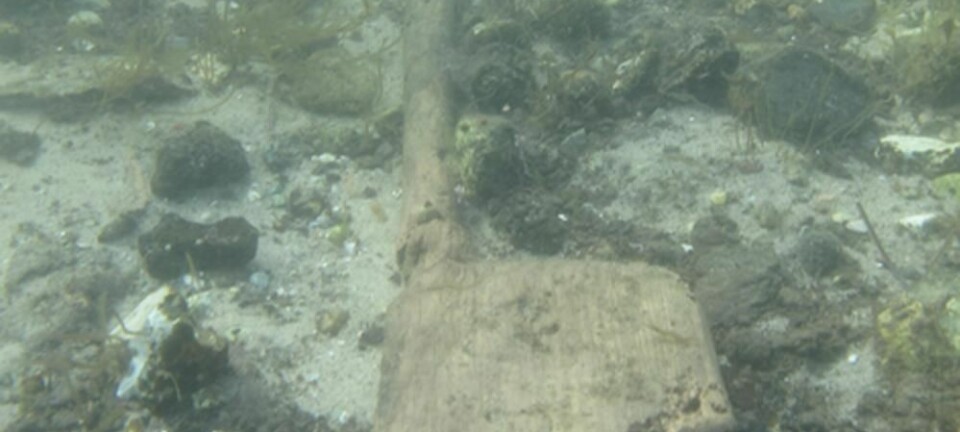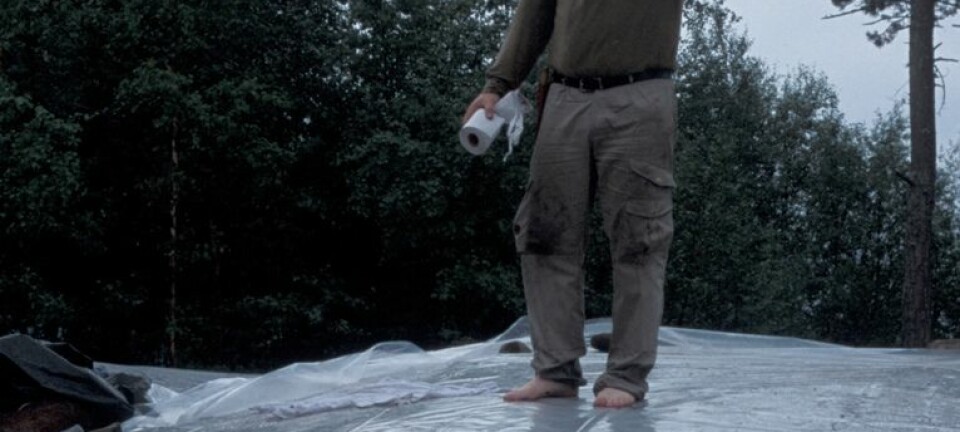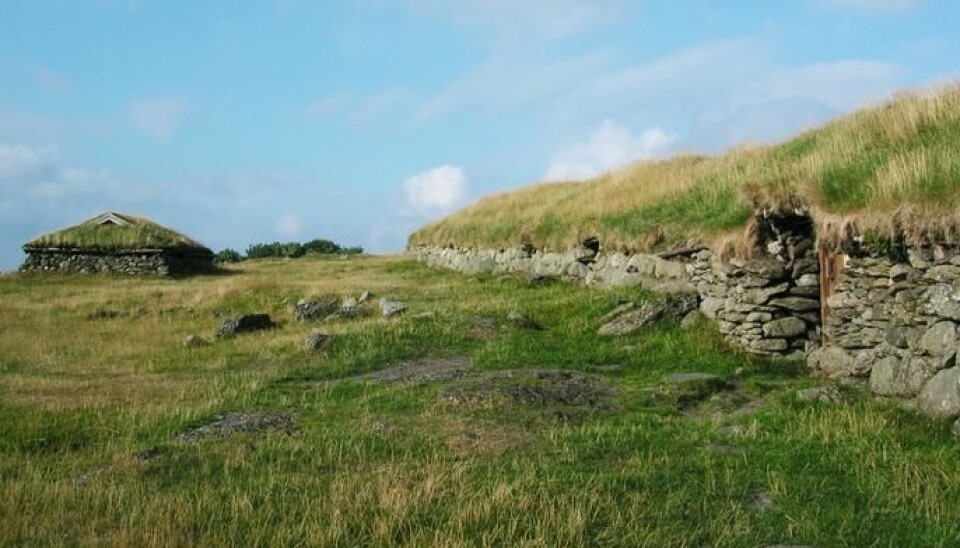
Immigration in the Stone Age
Scandinavia changed dramatically when a migrant wave occured more than 4,000 years ago. People were put under pressure to change fast.
Denne artikkelen er over ti år gammel og kan inneholde utdatert informasjon.
The oldest human traces in Norway indicate that the first people came here when the glacial ice melted around 10,000 years ago. But today’s Scandinavians are not direct descendants of these hunter-gatherers.
We are a mixed bag after thousands of years of our domestic development and international influences. Our genes, language, religion and culture have been tumbled and shaped like stones on a shore by wave upon wave of immigrants, visitors and returning emigrants.
“Of course there are things that could be deemed typical Norwegian. But you won’t find them by scavenging among what’s original and authentic in Norwegian ancestry,” says Christopher Prescott, of the University of Oslo.
It becomes more and more evident that dramatic external changes formed the basis of present-day Norwegian culture. One of the most important of these occurred around 4,400 years ago.
Not so sluggish in the Stone Age
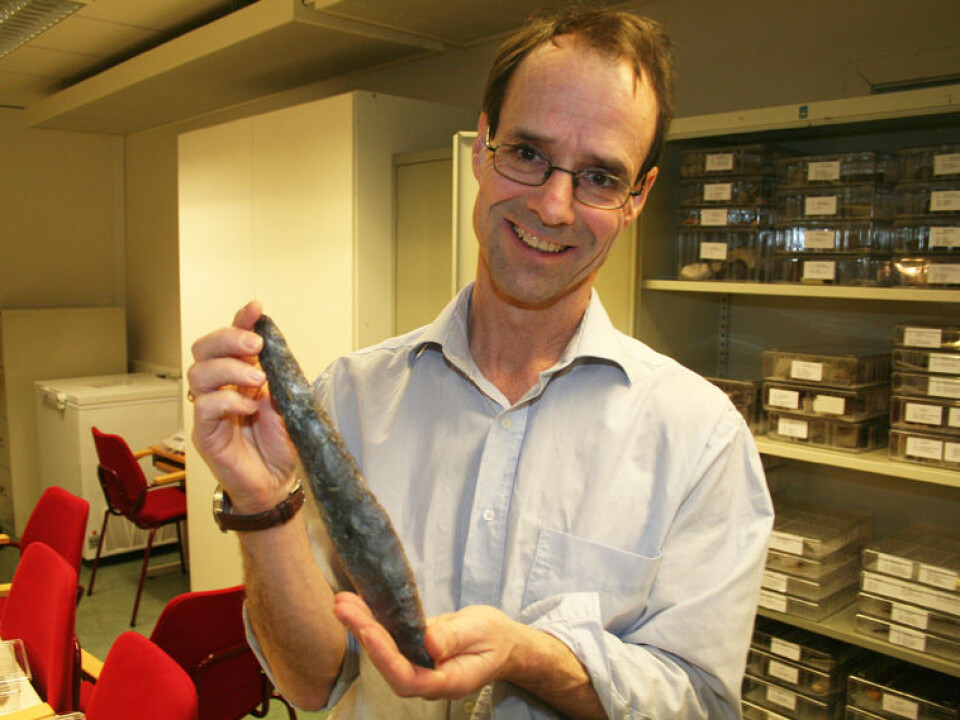
Not many years ago the consensus was that most of our ancestors lived their lives in fixed locations. Developments were snail-paced and each generation was nearly identical to the previous one.
Research results are now drawing a different picture.
Our forefathers could and did travel great distances. They received visitors and traded everything from ideas and languages to combs and spouses. Radical social changes could occur within just a few years.
Researchers have now begun to see the contours of one of those major upheavals which probably changed us really fast and formed the foundation of what we now perceive as Norwegian culture.
“We have to go back to ca. 2400 BC,” says Prescott.
Total change in a few decades
Agriculture had already spread its way through Europe and taken root in Norway.
But the hunter-gatherers up here in the north didn’t immediately join the crowd. The maintained much of their own culture and lived side by side with early farmers as well as with certain groups belonging to the so-called battle axe culture for nearly a thousand years.
Then something happened.
In just a single generation societies all over the country were radically altered. People went in for farming, built characteristic longhouses and started using new technology and probably metals too.
They switched from their original language to an Indo-European tongue, organised society in completely new ways and discarded whatever religious beliefs they had to adopt an Indo-European mythology, which evolved into the Norse mythology with the likes of Odin and Thor.
Norwegians also became part of the greater European network. Societies were in contact with each other and gained similarities.
Brought by immigrants
“The dramatic change didn’t just occur in Scandinavia. The same thing was happening from the Himalayas to the Atlantic, from North Africa to the Polar Circle and maybe even further,” says Prescott.
What in the world was going on?
“Yeah, that’s one of the big questions. One thing is certain: it would be impossible for this to happen without extensive migration," he says.
“Nothing that had happened previously indicated that people would suddenly engage themselves in agriculture and metallurgy. Or that they would start moving around, exchanging spouses and probably changing their languages and forms of expression.”
He thinks the transformations came with people from the Iberian Peninsula who migrated up through Western France and the Netherlands to Scandinavia. The culture, and probably some of these people, had roots in areas of the Middle East.
Genetic traces
Archaeological traces aren’t all that testifies to a major upheaval over 4,000 years ago.
In 2009 a team of Swedish and Danish scientists published the results of DNA analyses of Neolithic human remains. These indicated that modern Scandinavians are different from the original hunter-gatherers in Northern Europe.
Analyses made in 2012 point in the same direction. Contemporary Scandinavians have a lot of genetic material from immigrants who came from around the Mediterranean.
But DNA experts and archaeologists don’t know yet how many immigrants were behind this enormous upheaval.
A wave of people or an influential elite
“Two models can be considered. Either waves of people came from the southwest or a new elite came north and changed the societies they met.”
No matter what the catalyst, the press for change must have been enormous since it came so rapidly. A new lifestyle surely would have been the attraction. But hunter-gatherer groups must have also been pressed to change.
Probably physical as well as social threats accompanied the immigrants from the southwest. Other influential factors were adaptation, marriages and last but not least − trade. Prescott says it’s certainly possible for Norwegians to have been involved in exports even 4,400 years ago.
“I’ve found traces in the Norwegian mountains indicating that animal husbandry suddenly started there at this time. People had started almost overnight to keep sheep and goats on a big scale. It’s possible they were exporting wool to Southern Scandinavia and further into Europe, he says.”
“Huge developments in maritime traffic started at this time and they had boats that could cross the Skagerrak strait.”
Combs and wives
Many finds of ancient artefacts give clues to how possessions were spread across wide areas: Ceramics of German clay and Danish flint knives by the hundreds have been found in Norway.
Furs, wool and leather were probably exported from our country, just as bones from Nordic moose were used in European hilts and combs during the Iron Age. Nordic women’s jewellery has turned up in Bronze Age graves in Poland and Germany. What were they doing there?
Perhaps these were export products. Prescott thinks the significance of marriages shouldn’t be underestimated either.
“Most researchers think marriage and kinship comprised some of the most important ties among various peoples. These gravesite relics could be traces of Nordic women who had been wedded to chieftains in Central Europe,” says Prescott.
“A continual interchange has been going on among diverse societies.”
Prescott says that there are certainly things that are typically Norwegian. But we can’t find them by looking for any primal Norwegian.
“Norwegians aren’t a group that has emerged in isolation since the Ice Age. There’s been immigration for thousands of years and it’s brought lots with it, both positive and negative,” says Prescott.
-------------------------
Read this article in Norwegian at forskning.no
Translated by: Glenn Ostling
Scientific links
- P. Skoglund et.al., Origins and Genetic Legacy of Neolithic Farmers and Hunter-Gatherers in Europe, Science, 27 April 2012, vol. 336, p. 466-469. (Abstract)
- H. Malmström et al., Ancient DNA Reveals Lack of Continuity between Neolithic Hunter-Gatherers and Contemporary Scandinavians, Current Biology, vol. 19, no. 20, pp. 1758-1762, 24 September 2009. (Abstract)







